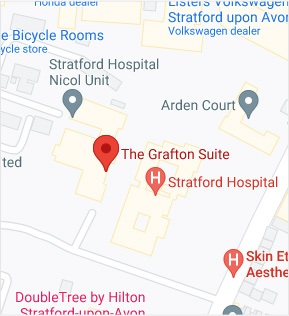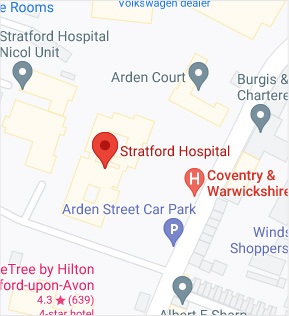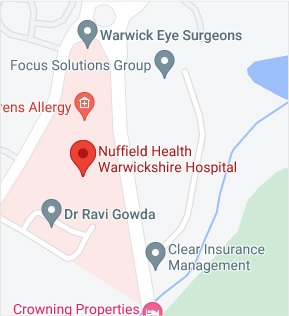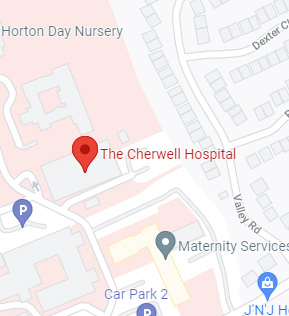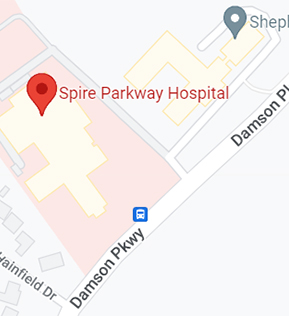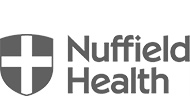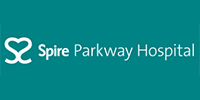What is Scapholunate Dissociation?
Scapholunate dissociation is the abnormal orientation or movement of the small bones of your wrist: the scaphoid and lunate, in relation to one another.
Anatomy
The scaphoid and lunate are 2 of the 8 carpal bones in your wrist and are stabilised by a scapholunate interosseous ligament. They help to maintain wrist stability and movement.
Symptoms
The symptoms include:
- Pain at the radial (thumb) side of the wrist
- Swelling
- Stiffness
- Numbness
- Clicking sensation
- Weakness of the wrist
Causes
Trauma to the hand and wrist or a fall on an outstretched hand can cause injury to the scapholunate interosseous ligament, resulting in dissociation of the scaphoid and lunate bones.
Diagnosis
Your doctor will assess your symptoms, take your medical history, and perform a physical exam. Imaging tests such as X-ray, MRI or CT-scan may be ordered.
Diagnosis is confirmed through evidence of the following:
- Instability of the ligaments supporting the scaphoid and lunate bones
- Widening of the joint space between the bones
Treatment
Non-surgical Treatment
Your doctor will prescribe pain medicines as needed. Use of ice packs may be suggested to reduce inflammation. Other non-surgical treatment options include:
- Massage therapy
- Physiotherapy
- Acupuncture
- Immobilisation with a splint or cast
Surgical Treatment
Surgery is recommended by your doctor if non-surgical treatment options are ineffective. This may be performed under general or local anaesthesia, and involves the following steps:
- Your surgeon will make a few small incisions on the back of your wrist.
- The scapholunate interosseous ligament and the bones are exposed.
- Care is taken to prevent damage to the nerves.
- Debridement, or cleaning out the damaged tissue, is performed by your surgeon.
- K-wires are used to suture the separated ligament.
- The incision is closed, and a bandage is applied.
Your wrist is supported by a cast for a few weeks. Your physiotherapist will teach you specific physical exercises to help you recover sooner. You should regularly follow up with your surgeon. You may return to normal activities after a few months with your surgeon’s approval.


 REQUEST AN APPOINTMENT
REQUEST AN APPOINTMENT



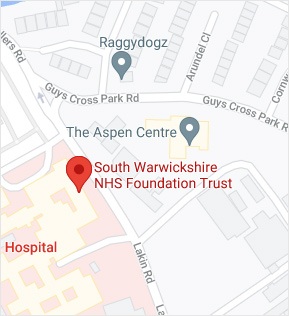
 Ext 4798
Ext 4798